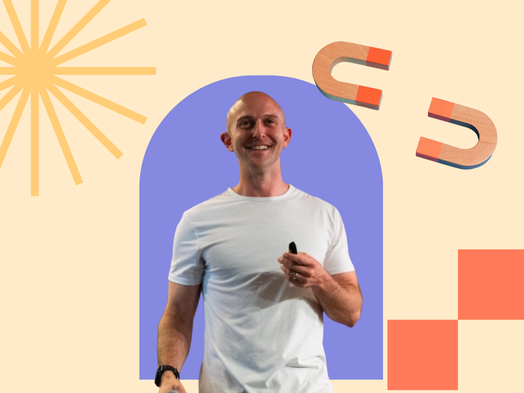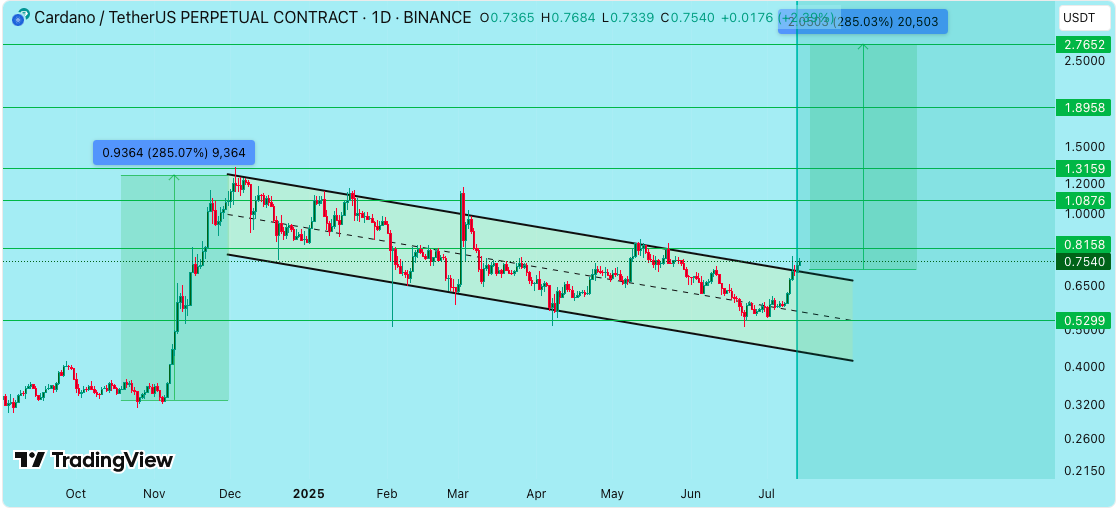You want more productive and successful employees? Then you want healthier employees. Of course, healthy employees aren’t just good for an organization’s productivity. Healthy employees contribute to a positive workplace culture, stay with your organization longer and show up to work more frequently.
And yes, they also lower benefits and healthcare costs. That’s good for organizations and employees. Unfortunately for many employers, what remains a mystery is how to truly help employees make better decisions for their health.
While there has been some criticism of employer paternalism in the past, the reality is that organizations spend vast amounts of money and time on benefits programs that are supposed to help employees live better lives—and they have serious trouble getting traction.
A recent study by The Commonwealth Fund revealed that 40% of Americans delayed or skipped a routine healthcare visit last year, and 60% reported that their health conditions worsened as a result. That tracks with a Gallup study that revealed that 75% of healthcare costs accrue mostly due to preventable conditions.
Something has to change.
While you might not be surprised by the financial cost of delayed care, the implications for employees are often a case of life or death. Lack of routine care leads directly to a failure to prevent, detect and treat diseases—some of which are life-altering.
HR leaders with access to employee claims data, combined with insights about them, have a distinct advantage in helping employees. Most at-risk employees typically ignore generalized health guidance and standard recommendations delivered by carriers and tools. However, those employees are much more likely to engage with communications containing personalized reminders, information about relevant health risks and those that highlight the need for certain screenings based on their own unique health history and likely future healthcare needs.
Even if a person is seemingly healthy, personalized guidance that goes beyond a one-size-fits-all approach can more boldly inspire employees to take action by connecting the dots between family histories and prior health events to predict future scenarios and risks. It also increases perceived trust: If you know the message accounts for your conditions, you’re much more likely to trust its guidance.
That trust can also be built in an age when employers often seem like they are running a program that is more sensitive to their bottom line than the needs of their employees. When the facts and recommendations are based on personal claims data, employees can understand the potentially disastrous effects if they don’t take action.
See the latest tech tools HR leaders are using to leverage personalized health data at HRE’s upcoming HR Tech Europe, May 2-3 in Amsterdam. Click here to register.
Simplifying the healthcare maze
Another barrier to healthier employees is the inherent complexity of the U.S. healthcare system. Unfortunately, our healthcare system requires people to keep track of everything related to their health—from family history or their last screenings to preventive actions they should take in the coming year. It also requires understanding the complex nature of their health insurance coverages and restrictions.
Too many times, people avoid preventive and routine care because they don’t know what their insurance covers or what they even need, thanks to this complexity.
Personalization can simplify and guide employees here as well. Leveraging individual data, personalized navigation can help provide clear, easy-to-understand information about what programs employees have access to and how to access those services based on employer-sponsored benefits and their own unique health needs.
Another part of the maze is truly comprehending the cost of care. Healthcare is one of the few things in life that doesn’t have an easy-to-understand price tag. By delivering personalized insights into the costs of these services, you can help employees proactively prepare for potential financial burdens and explore cost-saving approaches. In the spirit of building trust with employees, offering reminders of the past year’s costs is critical to improving transparency and minimizing potential claims as well.
AI and machine learning can help with adding more transparency to pricing, too. It can translate predicted healthcare events into real-life costs, helping your employees understand not only the physical risk of delayed care but also the financial risks. These tools can also provide continuous, easily accessible support and information and can be tailored to align with an individual’s health goals and communication preferences, all at scale.
Moving from simple administration to a meaningful health movement
This is bigger than just managing costs, though. Personalization is about showing employees that their health is a critical priority. It’s the ultimate win-win scenario for employers and their people and an opportunity to build trust.
With the power of personalized data, organizations go from just offering benefits to launching a health movement. The collective impact is enormous—not just on organizations and individuals but also on generations and larger communities.
As healthcare costs spiral and more organizations think of ways to react to this challenge, remember: The biggest cost is missing the chance to prevent illness. That’s where an organization, armed with insights and a clear roadmap, makes all the difference.
Credit: Source link











